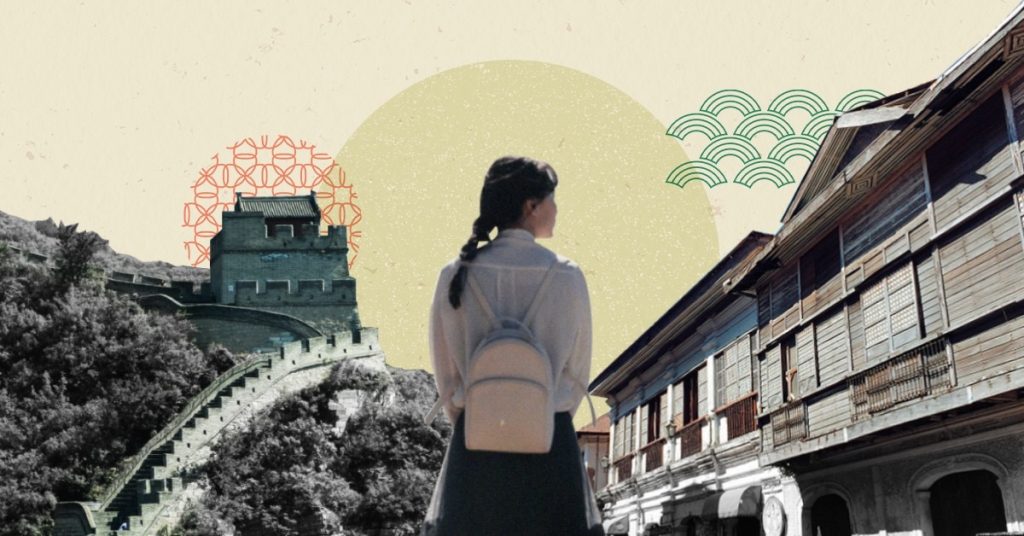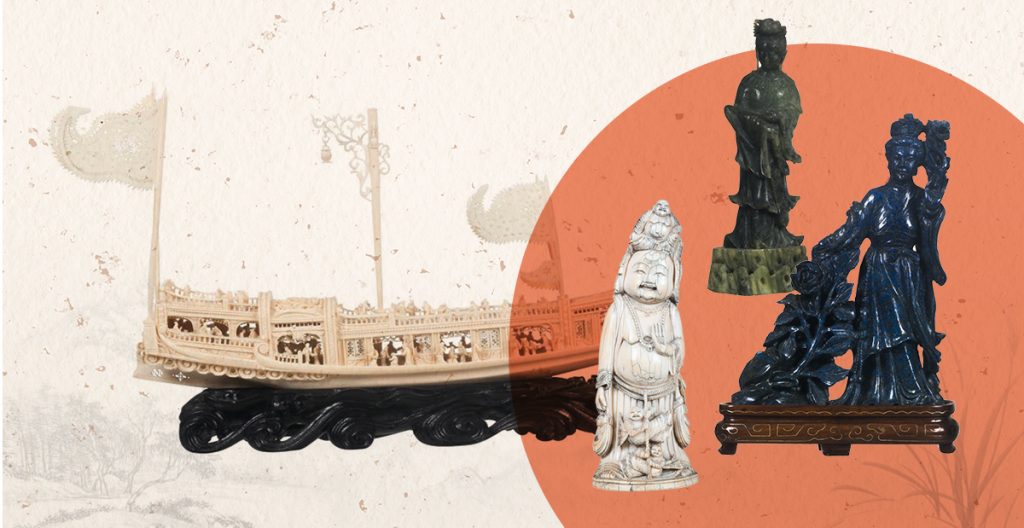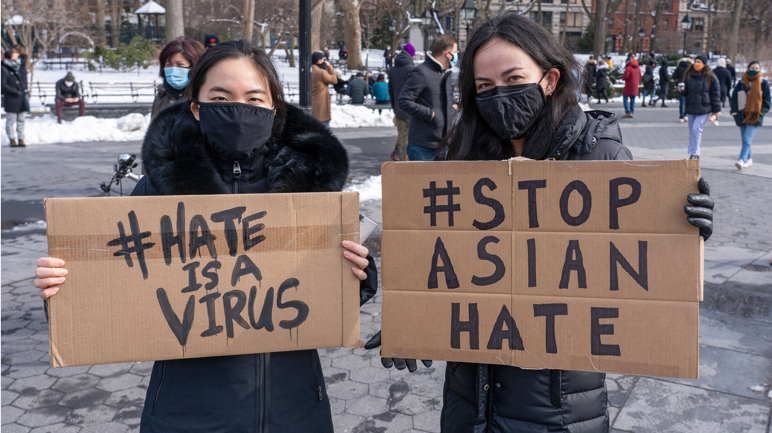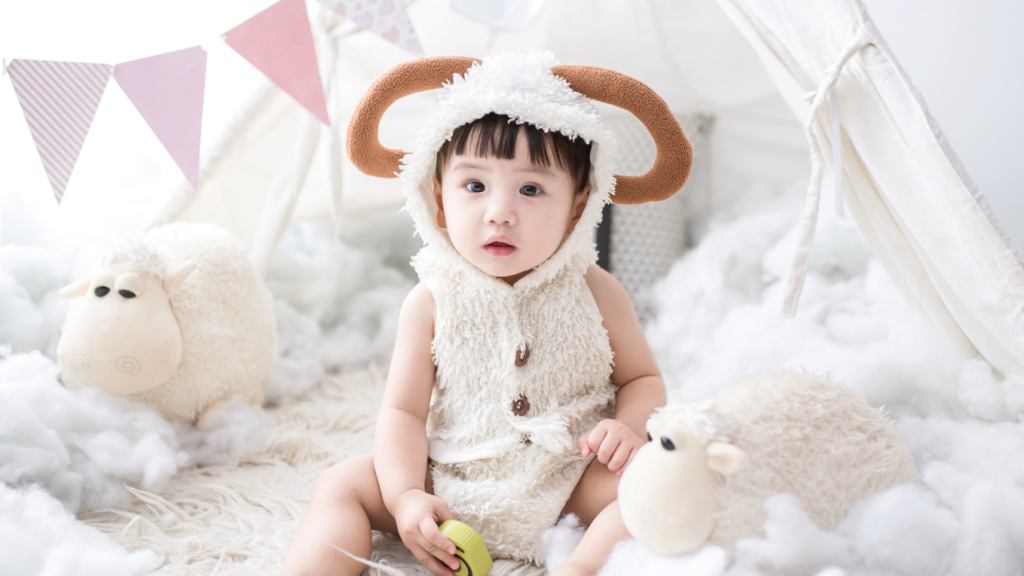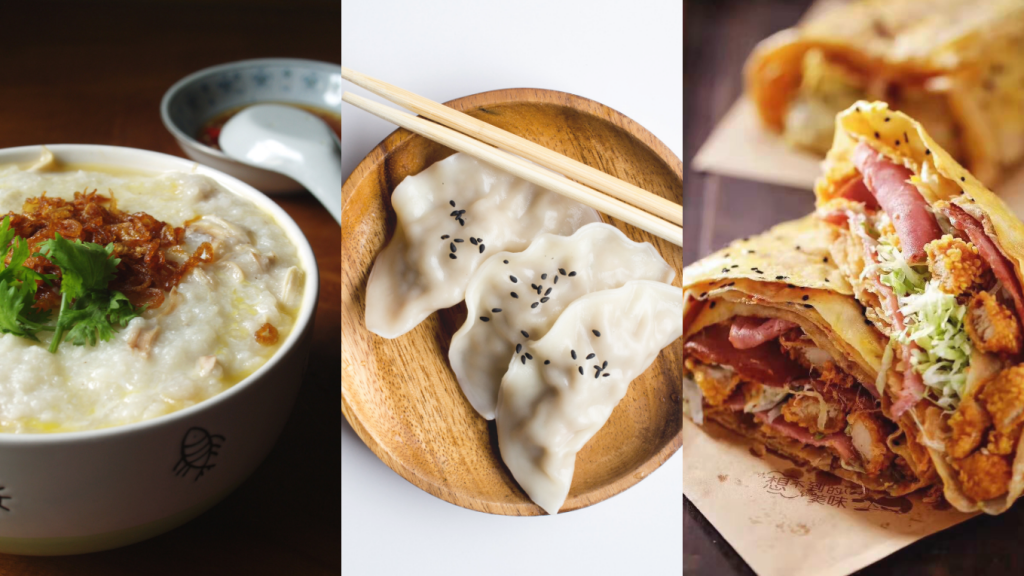An Appreciation of Ancient Chinese Art
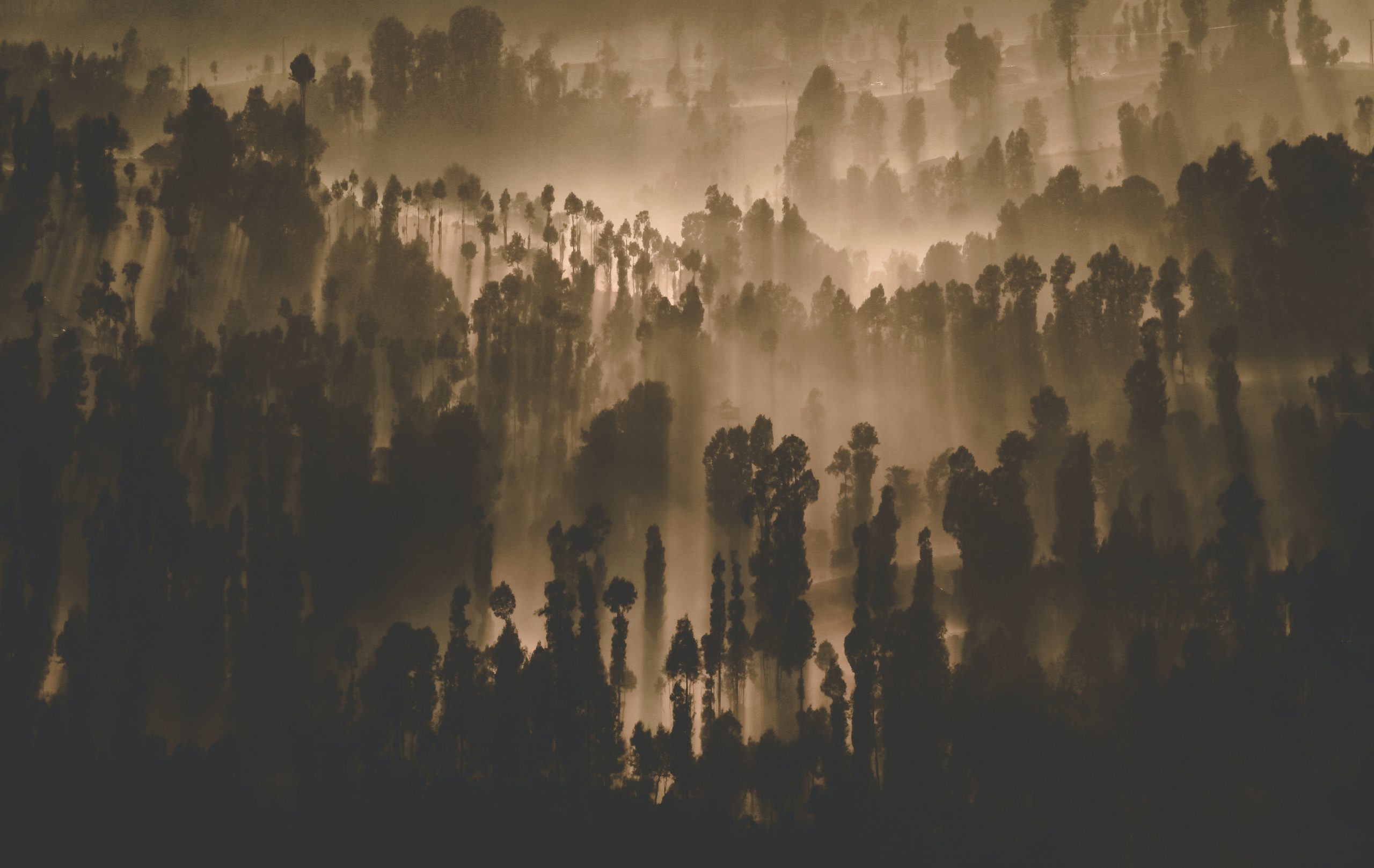
Chinese art features some of the world’s oldest disciplines and traditions. Each painting is done with distinctive oriental styles filled with flowers, birds, horses, and humans that record China’s long history and reflect its beautiful landscapes.
Here are some of the more famous Chinese paintings:
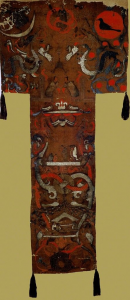
Tomb of the Marquess of Dai
This painted silk funeral banner was found inside the tomb of Lady Dai. It shows what the early Chinese believed about the afterlife. The painting is divided into three parts: the underworld, the living world, and the immortal world which are the heavens. In the living world part of the painting, Lady Dai is surrounded by her family while her relatives offer sacrifices to help guide her soul to the Immortal World. The underworld contains gigantic snakes where her body’s soul is located while her spiritual soul ascends to the immortal world.
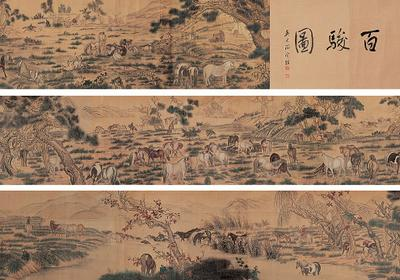
One Hundred Horses
This art was drawn by Lang Shining during the Qing Dynasty. He was skilled in painting horses, and this artwork is one of his famous works. His talent in painting was highly appreciated by Chinese emperors Kangxi, Yongzheng, and Qianlong. He created a hybrid style that combined Western realism with traditional Chinese composition and brushwork. In the painting, horses are portrayed with different kinds of activities such as kneeling, standing, eating, and running on the grassland. One Hundred Horses can be seen today in the National Palace Museum in Taipei.
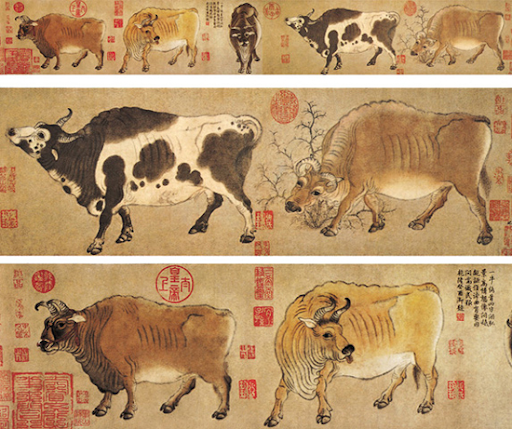
Five Oxen
Han Huang, a prime minister of the Tang Dynasty, created this painting. It was lost during the occupation of Beijing by the Eight-Nation Alliance in 1900 and later retrieved from a collector in Hong Kong during the early 1950s. This painting is said to embody the human characteristic of willingness to work hard labor without complaints. Today, tourists and locals can see this painting at the Palace Museum in Beijing.
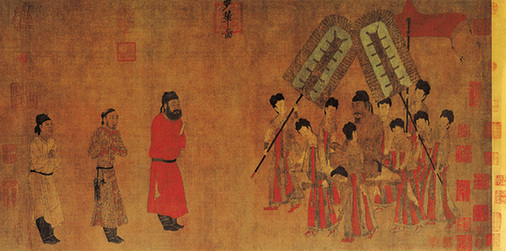
Emperor Taizong Receiving the Tibetan Envoy
Yan Liben was one of the most respected Chinese artists in the early years of the Tang dynasty. The painting is drawn on tough silk and showcases the friendly encounter between the Tang dynasty and Tubo in 641. This painting shows an emperor seated on a sedan chair surrounded by maids holding fans and a canopy. The person in red is known as an official in the royal court. Behind him is an envoy looking awestruck at the emperor, followed by an interpreter. Today, the painting is at the Palace Museum in Beijing.
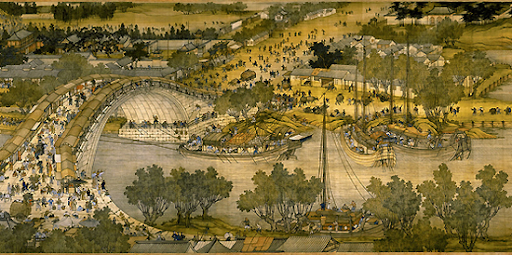
Riverside Scene at Qingming Festival
This panoramic painting by Zhang Zeduan of the Northern Song Dynasty is often considered to be the most famous Chinese artwork of all. It’s also known as “China’s Mona Lisa.” It’s renowned for its geometrically accurate images. There are more than 550 people in this painting with different clothes, expressions, postures, and more.
The painting is composed of three parts: Spring in the rural area, Bianhe River ports, and the busy urban streets. It captures the daily lives of a diverse set of people at the Qingming Festival in Bianjiang, which is modern-day Kaifeng, Henan province. It also shows the economic activities of urban and rural areas at that time.
Despite this being the most famous Chinese artwork, sadly, it’s the only existing masterpiece from artist Zhang. This masterpiece resides in the Palace Museum in Beijing as a national treasure.



